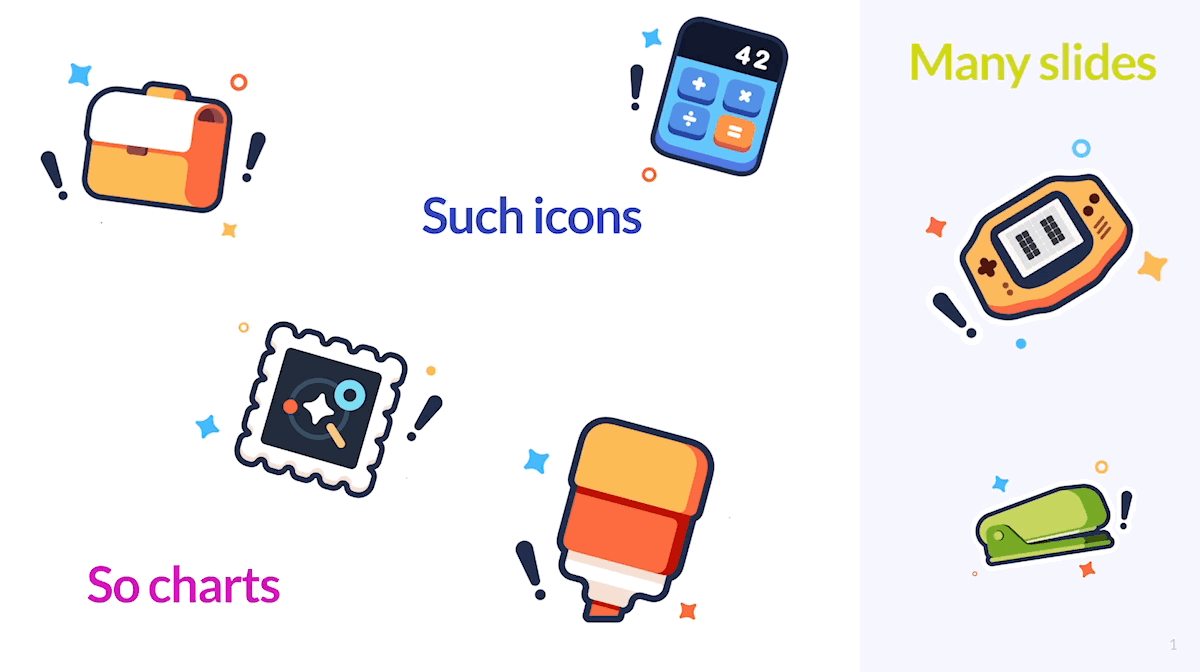Data folks, stop writing slides for your C-levels!
As a data professional, you've spent countless hours analyzing and interpreting complex datasets to answer questions from your Business counterparts and discover valuable insights. But when it comes time to present your findings to your C-level executives, you start designing a barrage of slides filled with bullets points, icons, dense graphs and tables?
It's time to rethink how you present data to your C-level audience.
Slides packed with dense, technical information are likely to leave your C-suite executives confused and unengaged. Instead, focus on delivering clear, concise, and actionable insights that speak to the business objectives of your organization.
Put yourself in your reader's shoes. Start with the executive summary.
An effective executive summary for your C-level audience should concisely present the key findings and suggestions from your analysis, while also providing enough context and detail to ensure a thorough understanding of the problem at hand.
To accomplish this, focus on providing a clear and concise overview of your hypotheses, the data and methodology used to support them, and any key insights or recommendations for action. This will help your C-level readers quickly grasp the main points of your analysis and make informed decisions without having to dig through lengthy, technical slides.
However, they might need to dig one specific subtopic. You then need to provide a priori a way for them to access appendices with a clear summary to navigate the details. You will greatly reduce the need for costly back-and-forth discussions and help ensure that your recommendations are given the consideration they deserve.
I can just use slides for the rest, can't I?
You could and while it may be tempting to rely on slides to present your findings to your C-level executives, there are several drawbacks to this approach.
First, creating visually appealing and effective slides is a skill that takes time and practice to master. It can be difficult to convey complex ideas and insights in a visually appealing way, and finding the right icons and graphics to support your points can be time-consuming.
Have you ever spent time searching the right icons or the right images for a slide? It eats up your time faster than you can imagine. (As much time as trying to find plotting for a time series... IFYKYK)

Additionally, using slides can lead to a fragmented and disorganized presentation of your findings. It is particularly challenging to add new information or make changes to the defined slide real estate, resulting in a presentation that lacks coherence and clarity.
Finally, slides often lack the space and flexibility to provide a thorough and detailed explanation of your analysis and recommendations. This can lead to the need for additional written materials, such as appendices or FAQs, which can be confusing and difficult to follow. Now that you're here you will also link the dashboard you used to compute the chart (that will break 4 months from now... IFYKYK)
As a data professional, you've spent countless hours analyzing and interpreting complex datasets to answer questions from your Business counterparts and discover valuable insights. But when it comes time to present your findings to your C-level executives, you start designing a barrage of slides filled with bullets points, icons, dense graphs and tables?
It's time to rethink how you present data to your C-level audience.
Slides packed with dense, technical information are likely to leave your C-suite executives confused and unengaged. Instead, focus on delivering clear, concise, and actionable insights that speak to the business objectives of your organization.
Written documents are faster to create and edit
Everyone started working on written documents ; from their very first readings to their first writing. This is natural.
Written documents layouts are very often less customizable than slides. It initially sounds like a weakness but pretty often it will translate to a true strength helping the data analyst to focus on the content and the insight rather than getting caught up in formatting.
Additionally, editing the content of a written document is much easier than doing so in slides. If you need to add or modify a sentence, it will be much simpler to do so in a written document as you would only need to edit the sentence itself but not the follow paragraphs as you'd do for slides.
But don't think that a written document is solely text. You should actually make sure that you insert the tables and charts that will help support your argument. While doing so, you'll be able to add legends and context to prevent any misunderstanding and improve the overall clarity of your document.
Maybe the slide culture is strong in your company and your first written document analysis shared might not look natural.
Stay strong. Whatever the tool you use, a Google Doc, a Notion page, or more recently, a data notebook, the mindset change will come quicker than you can imagine. It can take a couple of docs to convince them.
Finally, what matters the most to C-level is the quality of your thinking so they can make the best decisions. Your Executive Summary should be well articulated and contain the Business Goals, the scope of the work, the main data points supporting your argument and suggestions of the decisions to make.
Disclaimer: Thibaut is co-founder and CEO at Husprey. Husprey builds data notebooks: written-based documents with direct access to data warehouses helping Data Analysts write impactful reports backed with data.